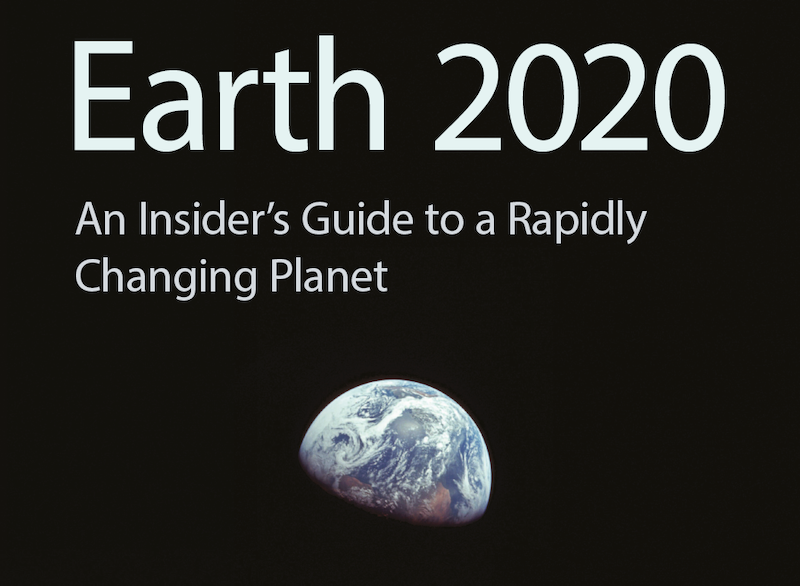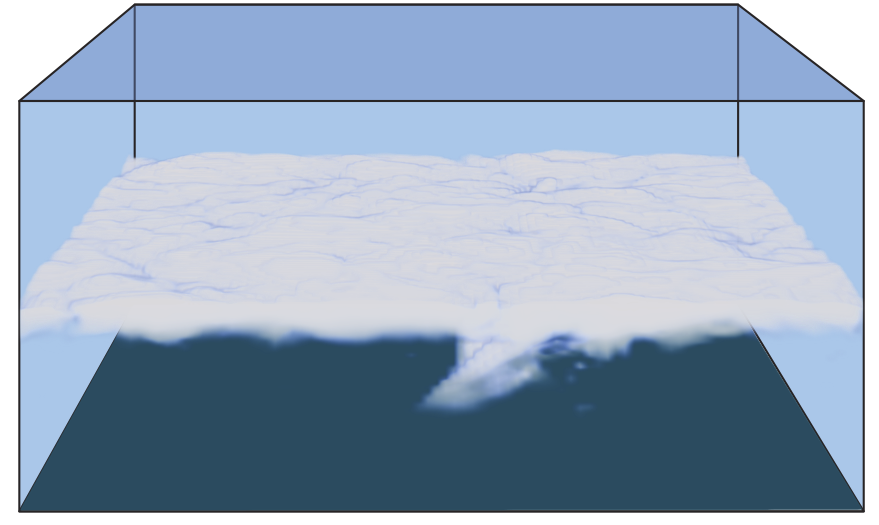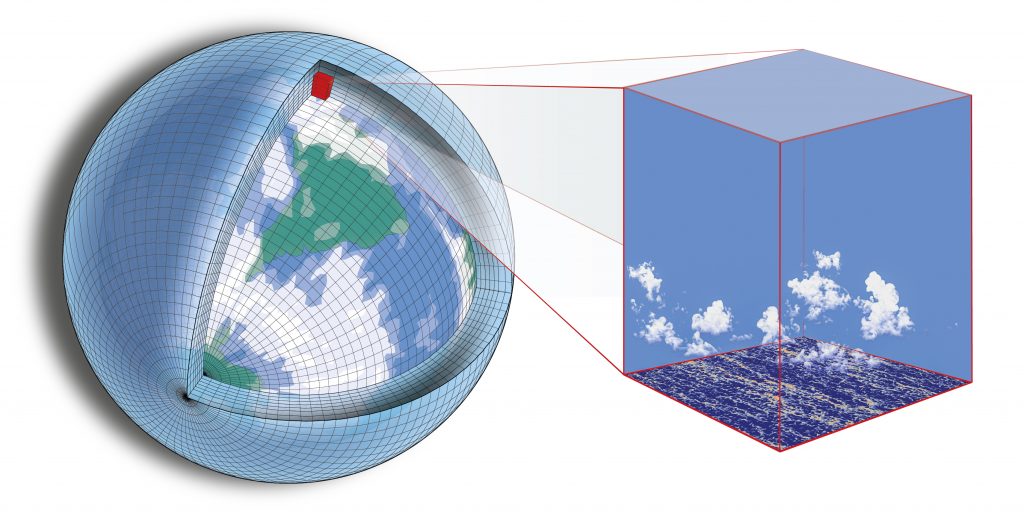Fifty years ago today, millions gathered in demonstrations, teach-ins, and community-cleanups, with words and deeds demanding a more sustainable future. The first Earth Day marked the beginning of the environmental movement, and it achieved results. The Clean Air Act and the Environmental Protection Agency were established, leading to cleaner air and water for all of us. To reflect on five decades of environmental change, a group of friends and colleagues led by Philippe Tortell (with whom I went to graduate school) wrote a series of essays, released as a book today.

Blog
There are several questions that have been asked frequently about our recent paper in Nature Geoscience. Here are answers to some of them.
Climate projections continue to be marred by large uncertainties, which originate in processes that need to be parameterized in models, such as clouds, turbulence, and ecosystems. But breakthroughs in the accuracy of climate projections are finally within reach. New tools from data assimilation and machine learning make it possible to integrate global observations and local high-resolution simulations in an Earth system model (ESM) that systematically learns from both. Scientific, computational, and mathematical challenges need to be confronted to realize such an ESM, for example, developing parameterizations suitable for automated learning, and learning algorithms suitable for ESMs. While these challenges are substantial, building an ESM that learns…
Read More
How low clouds respond to warming remains the greatest source of uncertainty in climate projections. Climate models projecting that much less sunlight will be reflected by low clouds when the climate warms indicate that CO2 concentrations can only reach 470 ppm before the 2℃ warming threshold of the Paris agreement is crossed—a CO2 concentration that will probably be reached in the 2030s. By contrast, models projecting a weak decrease or increase in low-cloud reflection indicate that CO2 concentrations may reach almost 600 ppm before the Paris threshold is crossed. In a new paper, we outline how new computational and observational tools enable us to reduce these vast…
Read More




